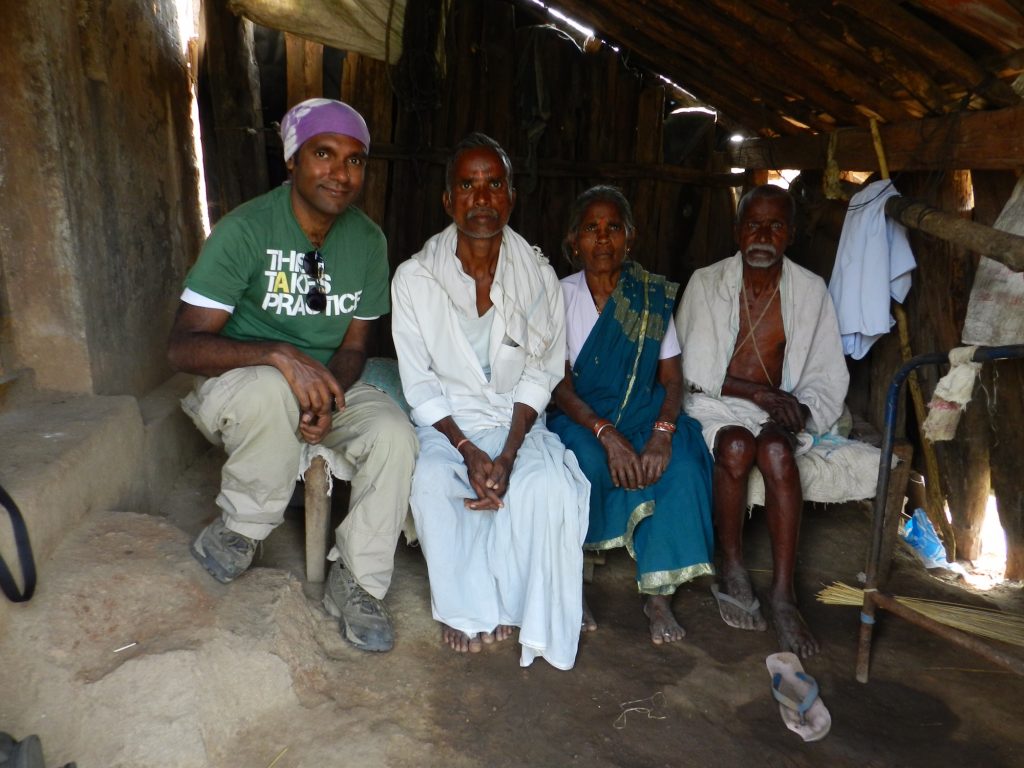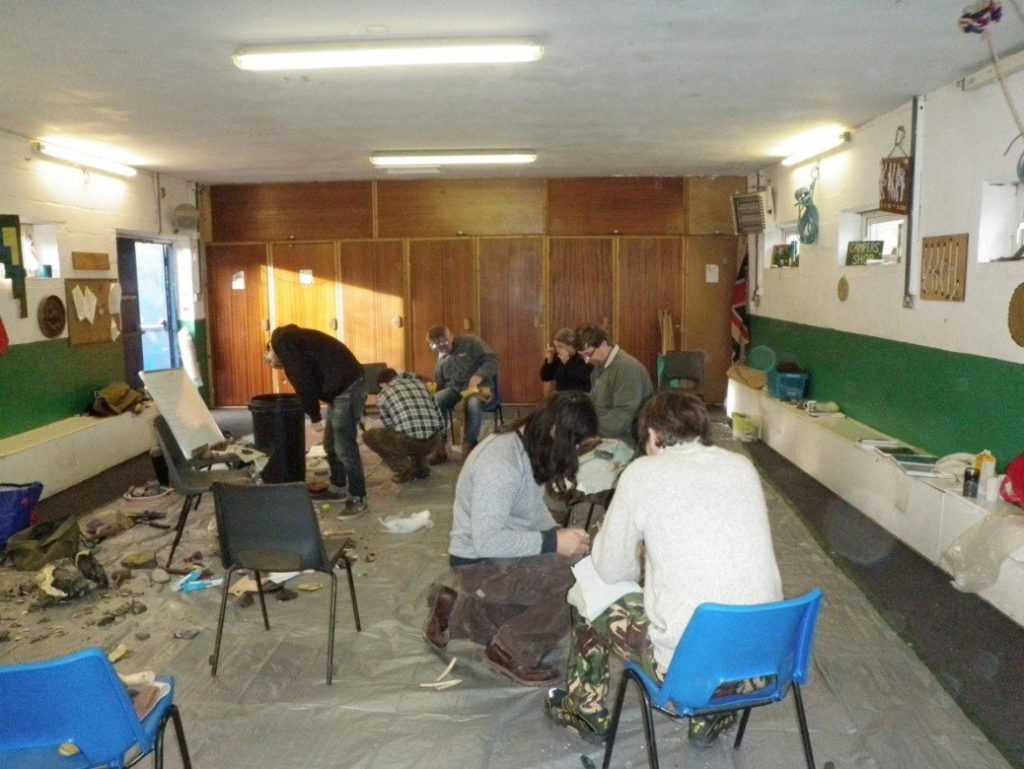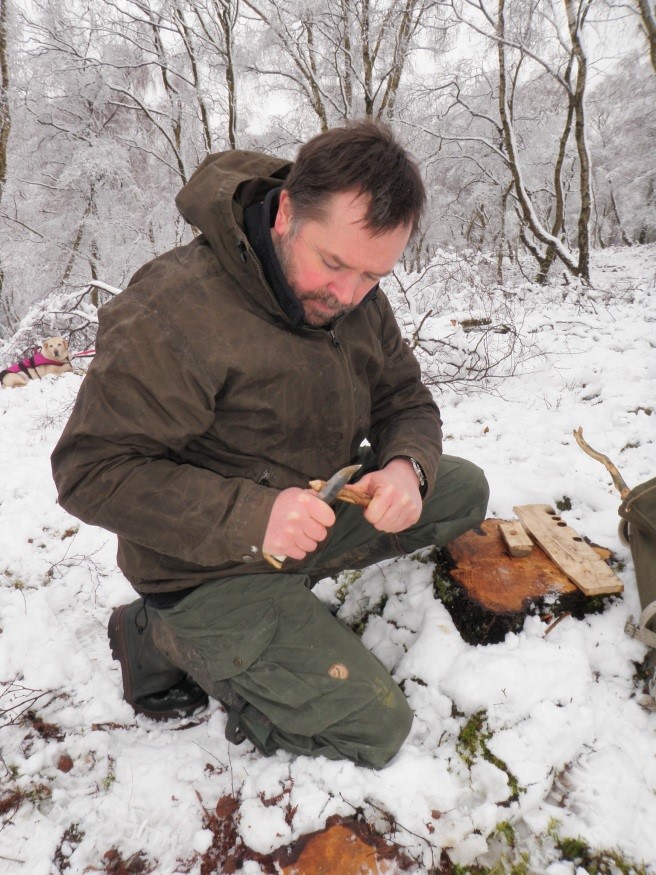Anthropologists and archaeologists who work closely with the local communities are normally required to submit their research proposal to an institutional ethics committee for scrutiny. Although initially this might seem cumbersome, it is a necessary academic ritual that makes the researcher aware of their ethical boundaries and responsibilities in the field while engaging closely with a community in their own cultural contexts. It also seeks to protect the interest of the participating communities by encouraging the researcher to acquire informed consent from their interlocutors. The researcher is normally required to get a “Consent Form” signed by the interlocutors by which they agree to participate in the project as informants. This form, composed in the vernacular of the participants, ideally contains a general outline of the research project, the potential usage of the collected data (including images and video recordings) and an assurance of anonymity of the participants. Although the requirement for written consents works well in the research involving literate communities, it represents a methodological roadblock while studying the non-literate or semi-literate ones.
This was the issue that I faced during my doctoral research. I am an ethnoarchaeologist studying the social context of pre-industrial iron and steel manufacture in northern Telangana, a remote forested rural heartland of central India. My research involves working closely with the older members of the local iron-working communities, who were actively involved in iron-smelting before it was completely halted in the early 1950s. All of these individuals are in their mid-seventies and a majority of them never learnt to read or write, even in their vernacular Telugu. Therefore, the idea of a signed consent form was simply not workable. Apart from this, the smelter communities posses bitter collective memories of traumatic episodes of coercion and displacement by the colonial authorities since the mid-19th century, when strict imposition of the Forest Laws restricted their access to good quality timber required for making charcoal. This had gradually smothered the local iron-smelting and crucible steel making tradition, pushing the smelters and the steel makers to the brink of survival. These experiences made them skeptical about everything that can be linked with the power of the state, including all forms of paperwork, a ritual equated with the official authority of the government. During my fieldwork, I quickly learnt that requesting the smelters to sign the “Consent Form” at the onset of our interactions was counterproductive in befriending them and in gaining their trust.
In order to be able to work with the iron-smelters without overriding the ethical boundaries or cultural sensitivity, I adopted a different methodology. In the first few days of fieldwork, I was visiting the village in the car of a local academic who had kindly offered to drive me around. I realized that car is an index of social prestige and economic power, and therefore “official” in the eyes of this remote rural community. Apart from the paperwork, this was also affecting the way iron-smelters perceived and interacted with me. In their eyes I will always command more power and authority due to my non-local origin, my broken Telugu, and my current social standing as an academic educated abroad, it was my responsibility then to narrow this gap as much as possible.
As a result, I hired a friend who was a native speaker of the local dialect of Telugu, as my interpreter. We then rented a motorbike, a common form of transport used by the locals in the region, to go about my fieldwork. Whenever we visited these communities, we made it a point not to go straight into the research topic. And we never mentioned the “Consent Form”. We started our conversation introducing ourselves, over a cup of tea or fresh milk offered to us. Although most of them insisted that we sit on chairs as they squatted on the floor, we made it a point to sit with them in the same level and maintain eye contact as we speak. We would gradually ease into the topic of our research, asking for oral consents about taking field notes and pictures. It was essential for them to feel comfortable and respected in our presence and it was important to tell them that we are grateful for their support in helping us understand their past. There were occasions when we were asked to leave, or requested not to take photographs, and we obliged immediately without forcing to stand our ground.

A common question that my interlocutors often asked was how would they gain from helping me do this research. This was their genuine concern that needed to be addressed in a thoughtful way. The automatic instinct in this case is to give money to the poor interlocutors as an expression of our gratitude. But that may not be the right course of action. The impersonal act of giving money places the ethnographers in a dominant position of power widening the gap between them and their interlocutors. It also belittles rather than gratifies the interlocutors’ genuine enthusiasm to share information about their lives. The authenticity of ethnographic information purchased for money can also be highly questionable as the communities can come up with a standard narrative of what the researcher wants to hear. This was the case in at least one village in my study area where a few years earlier someone shelled out large sums of money to get information on smelting from the local community.
In the case of my interlocutors, they were happy to know that the stories of their lives and crafts will be available for an international audience when published. They also often asked me to send them their pictures that I took during my fieldwork. Each time I visited them, I asked if they needed anything from the town I was living in, and I bought what they required. When I worked with the local blacksmiths, I normally purchased iron implements from them for my rented apartment. I have also collected a number of smelter family genealogies, which I intend to print and send to the respective families, so that these can be used to perpetuate the knowledge of family histories. My interlocutors never asked me for money, and they appreciated the personal nature of my gifts that created a lasting relationship with the community.
Three key points that one must be aware of while working with semi-literate fringed communities are:
1. Be aware of the difference in power hierarchy and strategize to minimize the gap.
2. Respect the local culture and make sure that the interlocutors feel comfortable and respected in your presence.
3. Show gratitude by thoughtful personal gifts and not money.
Tathagata Neogi is an ethnoarchaeologist interested in studying marginal craft producing communities in South Asia.


